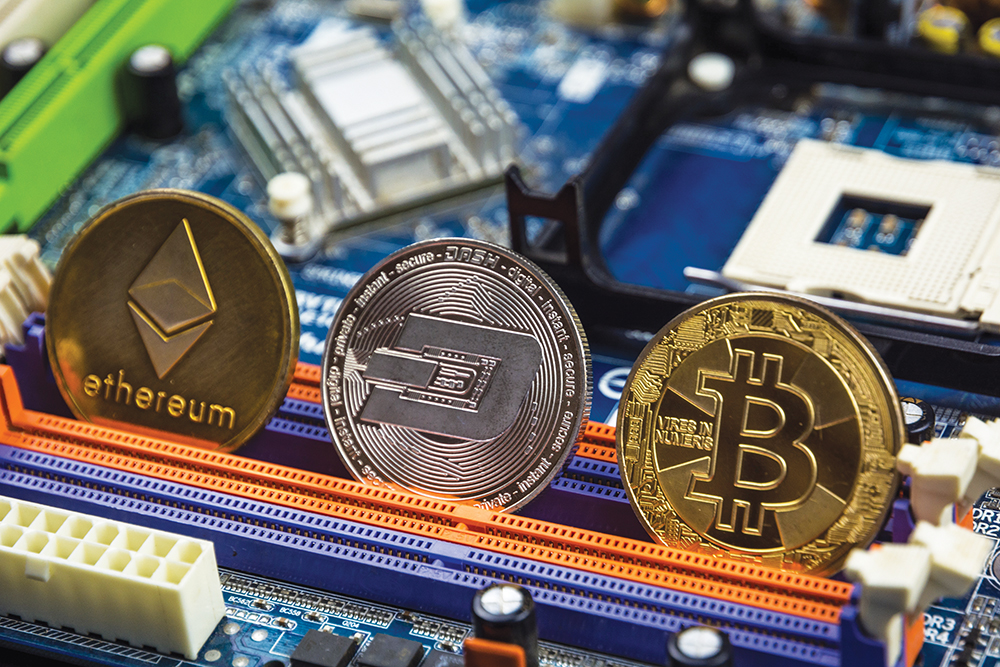My kids decided they wanted to build gaming PCs for their Christmas and a birthday, and I jumped on the chance to spend some time with them on the project. Once we finished, I realized I had two older but still relevant graphics cards on hand from their old builds, and as a crypto-curious person, I couldn’t help but look into how effective they might be for crypto mining.
Looking at one prominent mining pool’s info, it appears that after energy costs I could earn approximately $1.40 a day using these cards to mine various cryptocurrencies, paid in Bitcoin. I was considering this, and actually had this conversation in my head:
“Hmmm … $1.40 a day isn’t very much, but it also doesn’t really involve any work or new fixed costs. It’s paid in Bitcoin, so actually it’s not like I’m earning $1.40 a day, I’m earning Bitcoin. Crypto prices are down significantly right now, so if Bitcoin were to double it would actually be as though I retroactively earned $2.80 a day for all the days I mined. If it went 10x, as unlikely as that is, I would have really been earning $14 a day, all along. Mining is probably much less competitive at these lower prices, so I’ll probably be more effective now than if I wait until later. Wow, I can’t afford not to start mining!”
Upon reflection, the pragmatist in me would say that my line of thinking there is very naïve. Money is fungible and crypto is priced in dollars, so if I was so sure Bitcoin will double or 10x (which I don’t know at all, by the way), I should forego the mining, sell the cards, and simply buy more Bitcoin as soon as possible, right?
The more I thought about it though, I realized my naivety is not only useful, but perhaps contains a profound truth of behavioral finance. My usual notion about financial assets is that they’re all priced in dollars, but here, I really was mentally pricing dollars in Bitcoin. By acquiring Bitcoin when it’s easier (aka at low dollar prices), I’m anchoring on the idea that a Bitcoin is a Bitcoin and the dollar price will eventually catch up. That’s actually a very sophisticated investment mindset that is not easy to cultivate for most new investors.
Let’s apply that to “real” investments now — investments in companies that earn money and grow earnings. Just as someone might aspire to own one whole Bitcoin someday, I could aspire to own 1,000 shares of my favorite fund or ETF, irrespective of price. If I had $1,000 a month to invest and my favorite ETF is priced at $10, I could buy 100 shares a month. But if it declines to $8, then I would be able to buy 125 shares with the same number of dollars and reach my 1,000 share goal much sooner. I wouldn’t be buying the fund unless I thought its long-term prospects were great, so I should be happy to cheaply acquire as many shares as possible, as soon as possible.
Buying when markets are “on sale” is easier said than done because market downturns are scary. There might be more volatility ahead in 2022, and if it happens, I’ll be thinking about how many extra shares I can acquire rather than the lower prices showing up on my statement.
Gene Gard is Chief Investment Officer at Telarray, a Memphis-based wealth management firm that helps families navigate investment, tax, estate, and retirement decisions. Ask him your question at
ggard@telarrayadvisors.com or sign up for the next free online seminar on the Events tab at telarrayadvisors.com.
